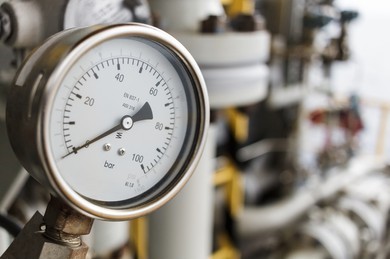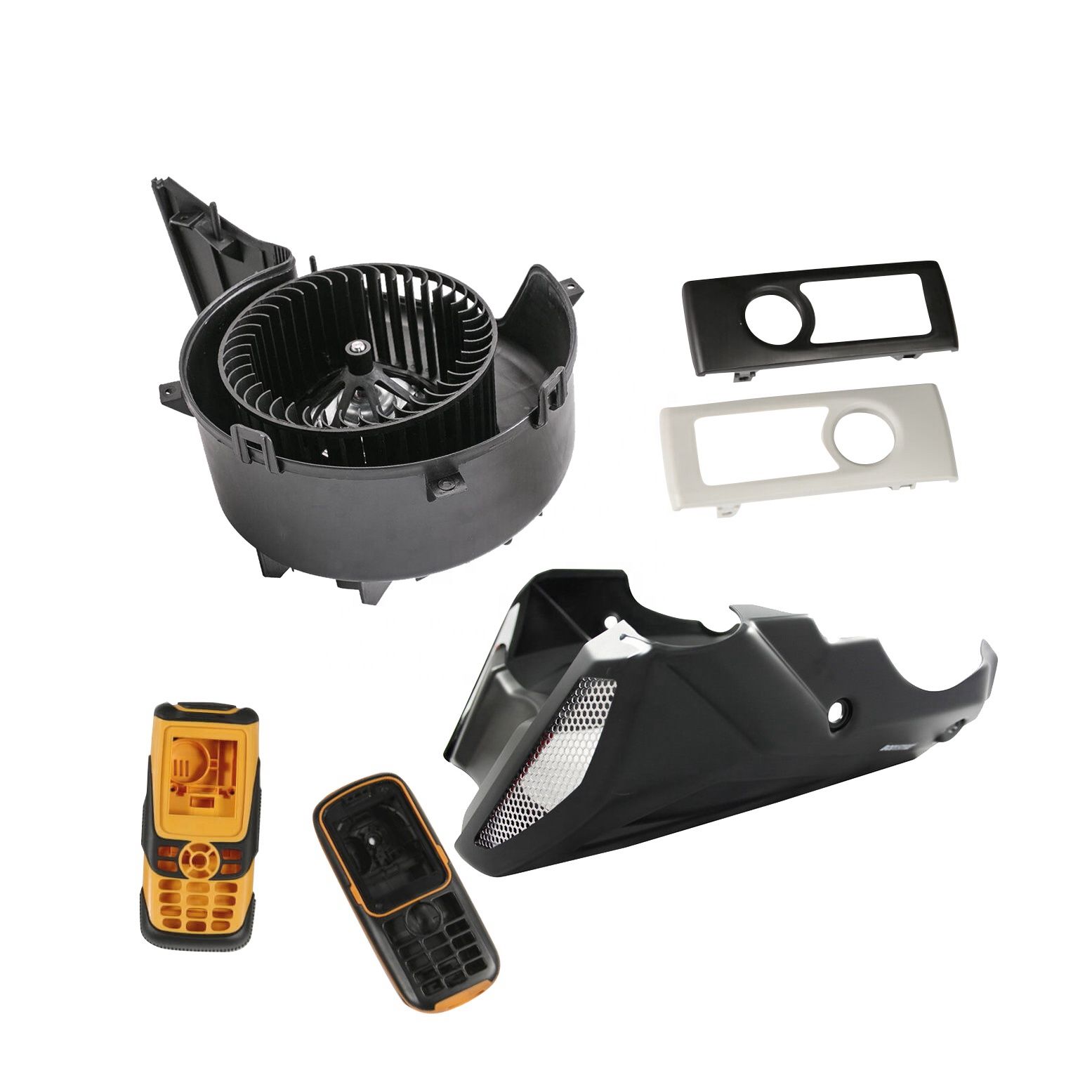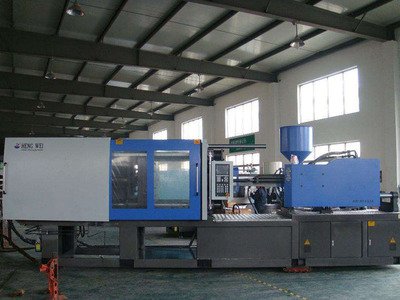Material Comparison Guide
Research materials to see which options best fit your needs.
Our experienced sales and technical teams are available to assist you with material selection challenges.
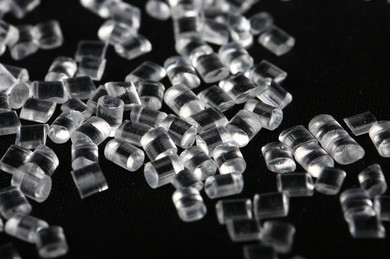
What is Material HDPE?
HDPE is a thermoplastic, a material that becomes flexible when heated and hardens when cooled. Its benefits include strength, lightweight, and ease of shaping. Due to its unique properties, it is becoming more popular for various applications, including plastic sheeting.
Applications of HDPE plastic
High-density polyethylene (HDPE) is a versatile plastic with many applications. The material is easy to maintain and resistant to a wide range of chemicals. It has a density between 930 and 970 kg/m3 and a linear structure, which means that the material is able to withstand heavier loads. It is also recyclable, which makes it a popular material for automobile parts and plastic furniture.
Another advantage of HDPE plastic is that it is easy to mold. Its low melting point makes it easy to process, but it retains its shape even at high temperatures. It also has a limited degree of transparency, but is better described as translucent. The level of transparency depends on the wall thickness of the HDPE container.
HDPE is used in many different industries, including the packaging of foodstuffs. It is also used in bottles for liquid laundry detergent and fabric softeners. It is also used in pharmaceutical and automotive containers, as well as in industrial products like pipes and water tanks. In fact, most plastic pails are made from HDPE.
HDPE plastic is a strong thermoplastic polymer made from petroleum. Its unique qualities make it one of the most versatile materials in the world. It is highly resistant to impact, and has good chemical and corrosion resistance. Additionally, HDPE can easily be molded into specific shapes. The material is also strong enough to support heavy weight.
HDPE is resistant to a wide range of chemicals. It is especially durable, making it a great choice for marine and food storage applications. It also does not absorb moisture, making it an excellent choice for containers in marine environments. HDPE is also FDA-approved for use in contact with food. This means that it can be used to make containers for food, dairy, and gas.
One of the main characteristics of HDPE is its high strength-to-density ratio. Its linear structure allows it to withstand more impact and tensile force than other polymers. This makes it ideal for inter-material replacement of heavier materials. Additionally, HDPE plastic is able to be molded easily and can be used for various applications.
HDPE is also widely used in rigid packaging. Its highest-volume usage is in milk bottles, which comprise approximately one-third of the plastic’s world production. The material is also popular in India and China, which have both a growing demand for rigid HDPE packaging and HDPE-based bottles. Additionally, HDPE is also used as a material in cable insulation and pipes. Because HDPE can be sterilized via boiling, HDPE plastic can be used in food storage.
While there are many benefits of HDPE plastic, it may not be the best choice for everything. It is non-flammable, does not absorb moisture, and does not leach chemicals into the food it contains. These qualities make it perfect for storage of a wide range of food. This makes HDPE the most common type of plastic for household use. It is even used in butter containers and large food buckets.
Environmental friendliness of HDPE
HDPE is an extremely versatile plastic that’s great for many applications. Its high strength-to-density ratio makes it perfect for industrial settings. Unlike other plastics, which tend to degrade or break down in landfills, HDPE is highly reusable. In fact, it can be recycled into plastic lumber and composite wood. Its recyclability helps reduce landfill waste.
HDPE is one of the most environmentally friendly plastics on the market today. It gives off no toxic fumes and requires less energy for manufacturing than steel. It’s also maintenance-free and has exceptional resistance to environmental hazards. HDPE resin-based products are also some of the most environmentally friendly building materials available today. They’re used in many industries, including toys, detergent bottles, and drain pipes. They’re also great for outdoor signage and marine products.
HDPE is also a great choice for geomembranes because it’s environmentally friendly. Its unexposed service life of more than 100 years makes it a highly sustainable material. Thanks to technological advancements, HDPE geomembranes can now perform better than ever.
HDPE pipes are environmentally friendly, and they’re also extremely versatile. Because they’re near-seamless, HDPE pipes are easily incorporated into existing systems. They’re compatible with PVC and steel pipes and can even be used in conj
unction with them. This reduces the amount of trenching, component waste, and accumulated wastewater runoff.
HDPE is also the most recyclable plastic. Its high-density structure allows it to be recycled and reused. It can be used in a variety of applications, from garbage can liners to plastic lumber. It can also be used in the manufacture of floor tiles. Despite its environmental friendliness, HDPE is still not perfect for all uses.
HDPE pipes are made from highly recyclable compounds, ensuring that they comply with environmental and health regulations. Moreover, there is virtually no waste generated during the manufacturing process. Scraps are reused in the same process, and off-spec products are also available for less demanding applications. In addition, HDPE pipes have a low carbon footprint compared to metal pipes.
HDPE is also a durable and waterproof plastic. The material can withstand the effects of fungi, bacteria, and moisture. It can even resist the effects of strong mineral acids. It is easy to clean and isn’t damaged by common chemicals. HDPE is also impact-resistant, making it ideal for outdoor furniture.
PROPERTIES TABLE OF HDPE
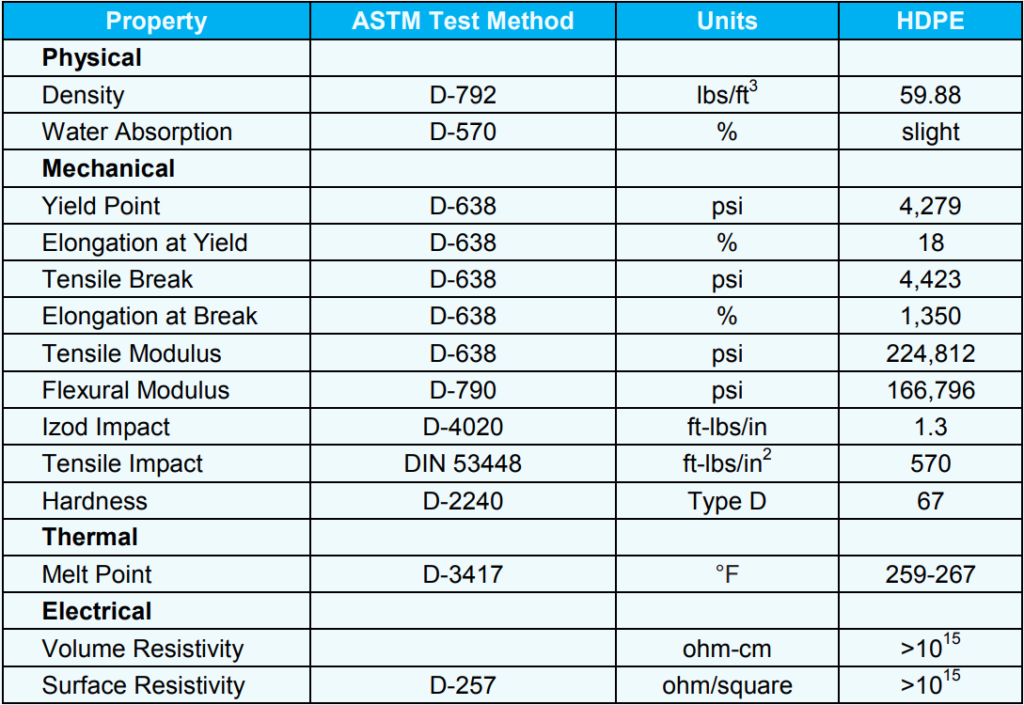
The table data is for reference only, if the plastic type is different and it has different data.
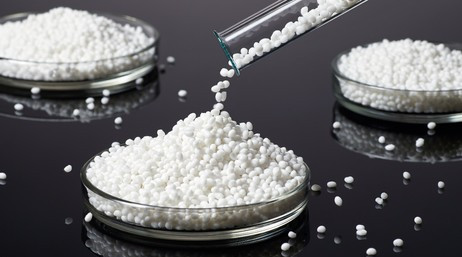
Injection Molding Material Selection
The process of plastic material selection is an integral part of the product design process. By choosing the right material for your application, you can be confident that the product will meet your expectations for quality, cost, and performance. Furthermore, you will save time and money on manufacturing because you will not have to scrap any parts.
We can offer more than 100 different thermoplastic materials. If you are looking for alternative materials, please review our resin substitution guide for ABS, PC, PP,POM,PA,PBT,PPS and other common plastics, or contact us.
Material
- PET
- HDPE
- PC/ABS
- PC/PBT
- PVC
- AS
- PA12
- MDPE
- LDPE
- PEI
- PMMA
- PPE
- EVA
- PC/PMMA
- PA66
- POM
- ABS
- PP
- PBT
- PA6
- PS
- PPO
- PPS
- TPU
Our HDPE Product Cases
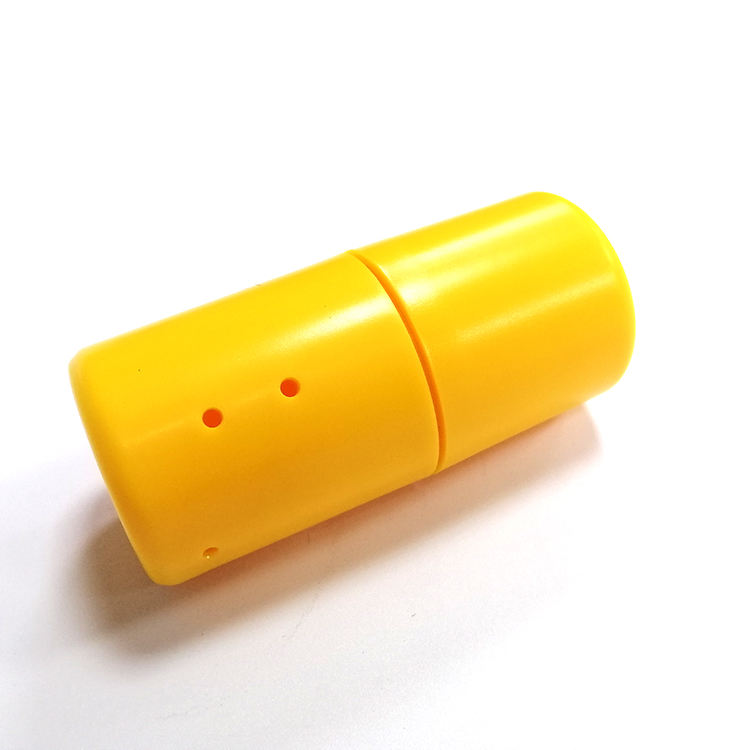
Material: HDPE Yellow
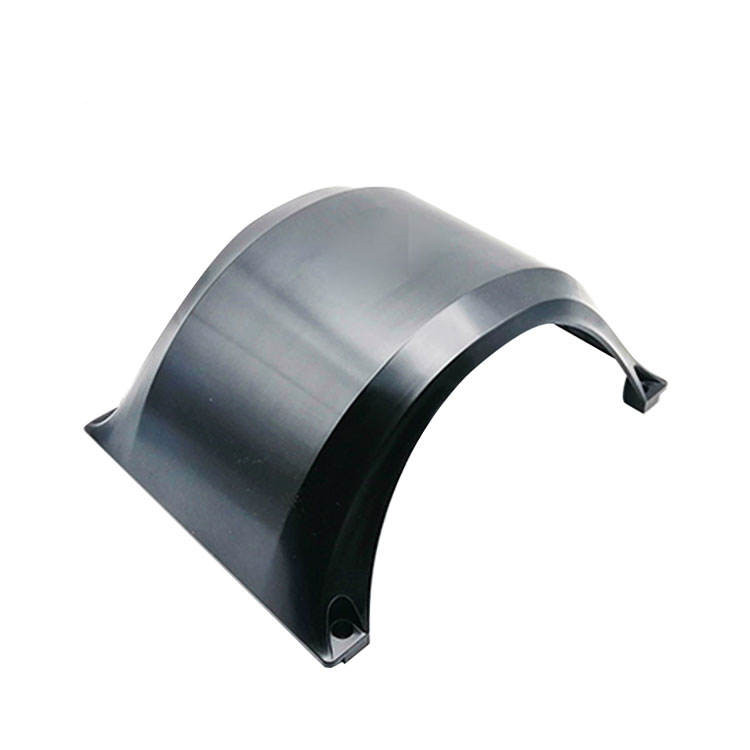
Material: ABS Black
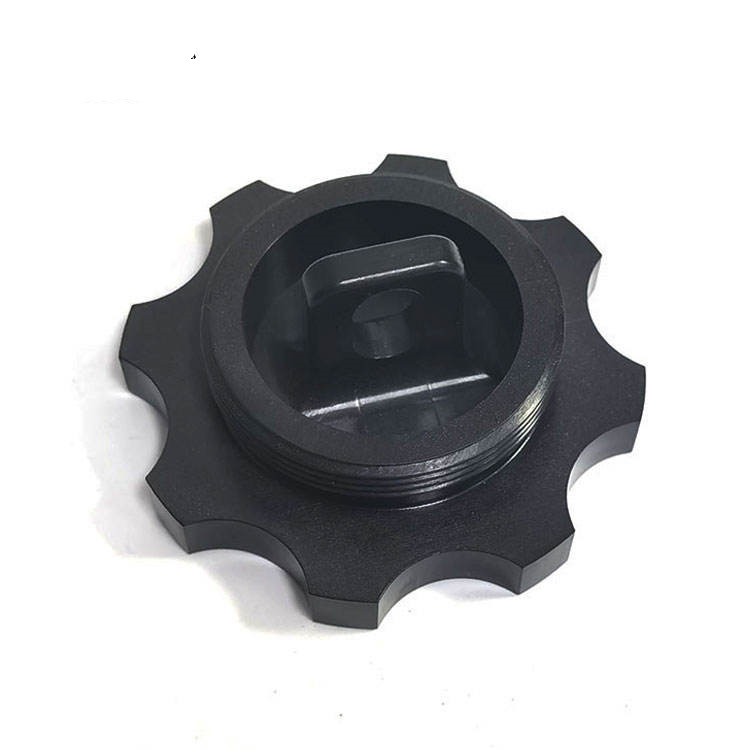
Material: HDPE Black
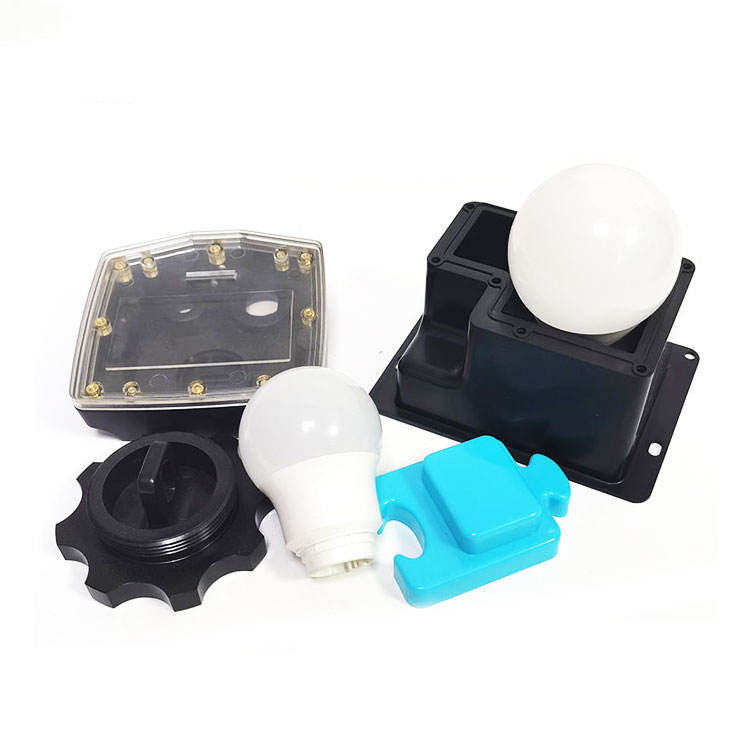
Material: HDPE Transparent Translucent
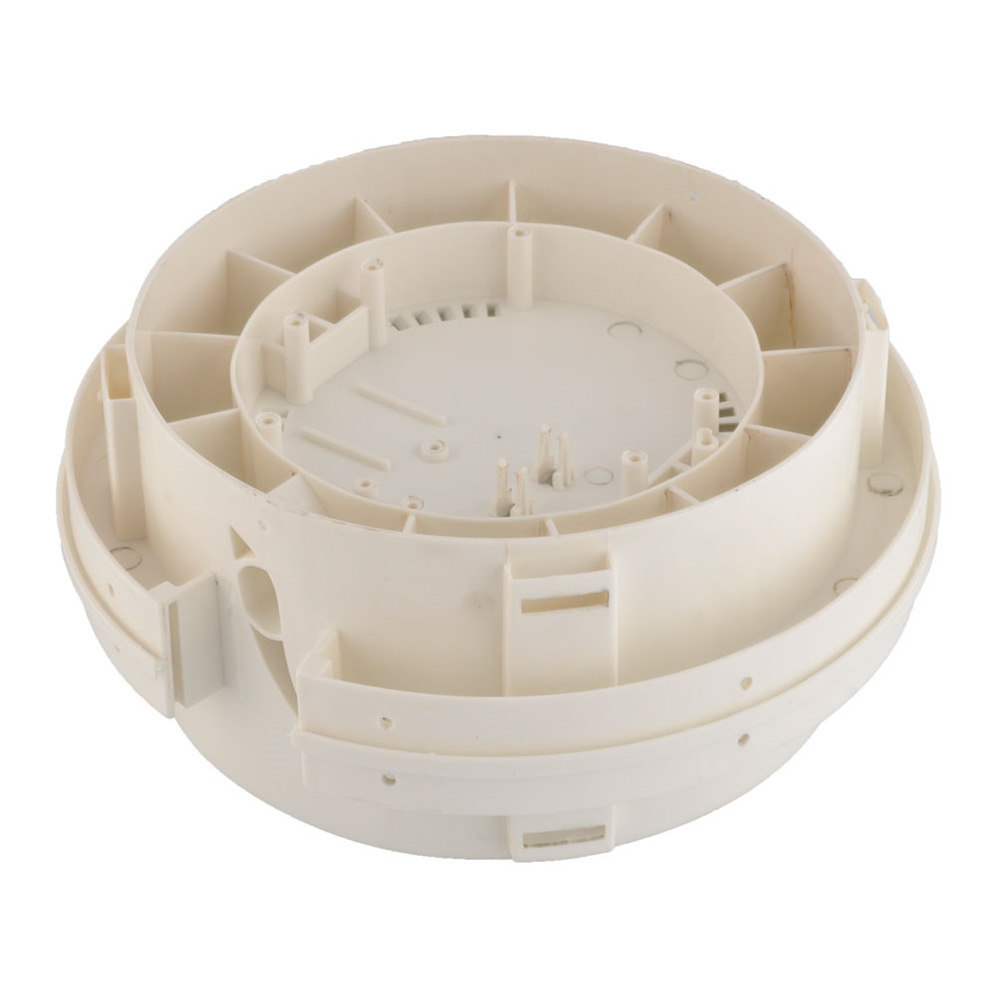
Material: HDPE White
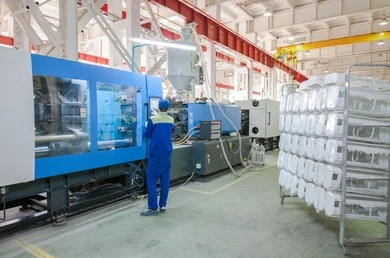
How Does Plastic Injection Molding Work?
Plastic injection molding is a process in which plastic pellets are formed and injected into molds to form the desired shape. The plastic melts in a chamber and reaches a specified temperature, so the injection time has to be calculated correctly. Once the desired shape is achieved, the plastic pellets are cooled, and the mold is opened. An ejection bar is then used to force the solid plastic part out of the open cavity.
Additional Links and Resources
Pressure gauges are essential tools used in a wide range of industries to measure and monitor fluid and gas pressure. When it …
Plastic injection molding has become an invaluable tool for businesses and individuals who have a need for custom parts or products. A …
Plastic injection molding is a versatile and reliable process for manufacturing products of all shapes and sizes. It is used in a …
Plastic injection molding is one of the most widely used processes in modern manufacturing. It is used to produce a variety of …

